Electric bikes in the U.S. have speed limits based on classification: Class 1 and 2 e-bikes are capped at 20 mph, while Class 3 e-bikes can reach up to 28 mph with pedal assist. Actual speeds vary widely influenced by motor power, rider and cargo weight, terrain, tire type, battery capacity, and weather, making real-world performance differ from legal speed caps.
What Are the Legal Speed Limits for Electric Bikes in the U.S.?
The U.S. adopts a 3-class system regulating e-bike speeds: Class 1 e-bikes provide pedal-assist up to 20 mph; Class 2 models add throttle support up to 20 mph; Class 3 e-bikes offer pedal-assist assistance up to 28 mph but often exclude throttle above 20 mph. These classes help define where and how e-bikes can be ridden legally with differing access rights and equipment requirements.
How Do Motor Power and Rider Weight Affect E-Bike Speed?
Higher motor power enables faster acceleration and higher peaks, but heavier riders or cargo demand more energy, decreasing acceleration and top speed. A powerful motor combined with a lightweight load maximizes potential speed and responsiveness, while heavier combined mass significantly impacts performance.
Why Does Terrain Impact Electric Bike Speed and Performance?
Uphill rides and rough, uneven surfaces increase resistance and energy consumption, reducing achievable speeds. Conversely, flat or downhill terrain allows smoother and faster rides. Tire choice and pressure also affect rolling resistance: narrow, well-inflated tires improve speed, while knobby or under-inflated tires slow the bike considerably.
What Role Does Battery Capacity Play in Maintaining Speed?
Batteries with higher capacity deliver consistent power longer, supporting sustained higher speeds across more extended rides. Lower-capacity or depleted batteries reduce power output, causing slower speeds especially at steep climbs or under heavier loads.
How Do Controllers and Settings Influence Top Speed?
The e-bike’s controller governs motor output and can limit maximum speed regardless of motor potential. Settings programmed by manufacturers or users determine speed caps, power delivery curves, and motor responsiveness, critically shaping actual riding speed beyond motor wattage ratings.
What Other Factors Like Weather and Rider Effort Affect Electric Bike Speed?
Winds can either hinder or aid speed, with headwinds slowing the bike and tailwinds helping boost it. Rider pedaling effort supplements motor power to achieve higher speeds and extend battery life. Urban traffic, stop-and-go patterns, and road surface condition also impact overall travel speed and efficiency.
Chart Title: Principal Factors Affecting Electric Bike Speed
| Factor |
Effect on Speed |
Explanation |
| Motor Power |
Directly correlates with max speed |
More power generally means faster acceleration and higher tops |
| Rider Weight |
Inverse effect |
Heavier loads reduce speed and acceleration |
| Terrain |
Variable |
Uphills slow, downhills and flats increase speed |
| Tire Type |
Influences rolling resistance |
Narrower, properly inflated tires improve speed efficiency |
| Battery Capacity |
Sustains power output |
Higher capacity maintains performance longer |
| Weather Conditions |
Affects aerodynamics |
Wind resistance slows or aids speed |
| Controller Settings |
Speed limits control max speed |
Limits or unlocks motor potential |
Purchasing Advice
Choose an e-bike class and motor setup that matches your riding environment and legal restrictions. For urban commuting and bike-path riding, Class 1 or 2 e-bikes with 20 mph limits suffice and offer broad access. For faster, road-paced commuting, Class 3 e-bikes reaching 28 mph are ideal but require adherence to stricter regulations. HOVSCO e-bikes combine optimized motor power, efficient batteries, and smart controllers to provide top-tier performance while complying with local laws for safe, efficient travel.
HOVSCO Expert Views
“HOVSCO designs e-bikes embedding performance and compliance, prioritizing smooth acceleration and appropriate speed limits to suit legal frameworks. Our advanced motor and controller technology balance power with battery conservation, enabling enjoyable, eco-friendly commuting. Weather and terrain variability are factored into our designs to equip riders for real-world conditions, emphasizing safety and adaptability.” — HOVSCO Engineering & Design Team
Frequently Asked Questions (FAQs)
Q: What is the maximum speed for each e-bike class in the U.S.?
A: Class 1 and 2 are capped at 20 mph, while Class 3 e-bikes can provide pedal-assist up to 28 mph.
Q: Can motor power alone determine an e-bike’s speed?
A: No, factors like rider and cargo weight, terrain, and battery capacity also significantly affect actual speed.
Q: Are Class 3 e-bikes allowed on all bike paths?
A: No, many regions restrict Class 3 e-bikes from bike paths and require helmets and other regulations.
Q: How does tire pressure impact e-bike speed?
A: Properly inflated tires reduce rolling resistance, increasing speed and efficiency.
Q: Does rider effort influence how fast an e-bike goes?
A: Yes, pedaling effort combined with motor assistance increases overall speed and range.


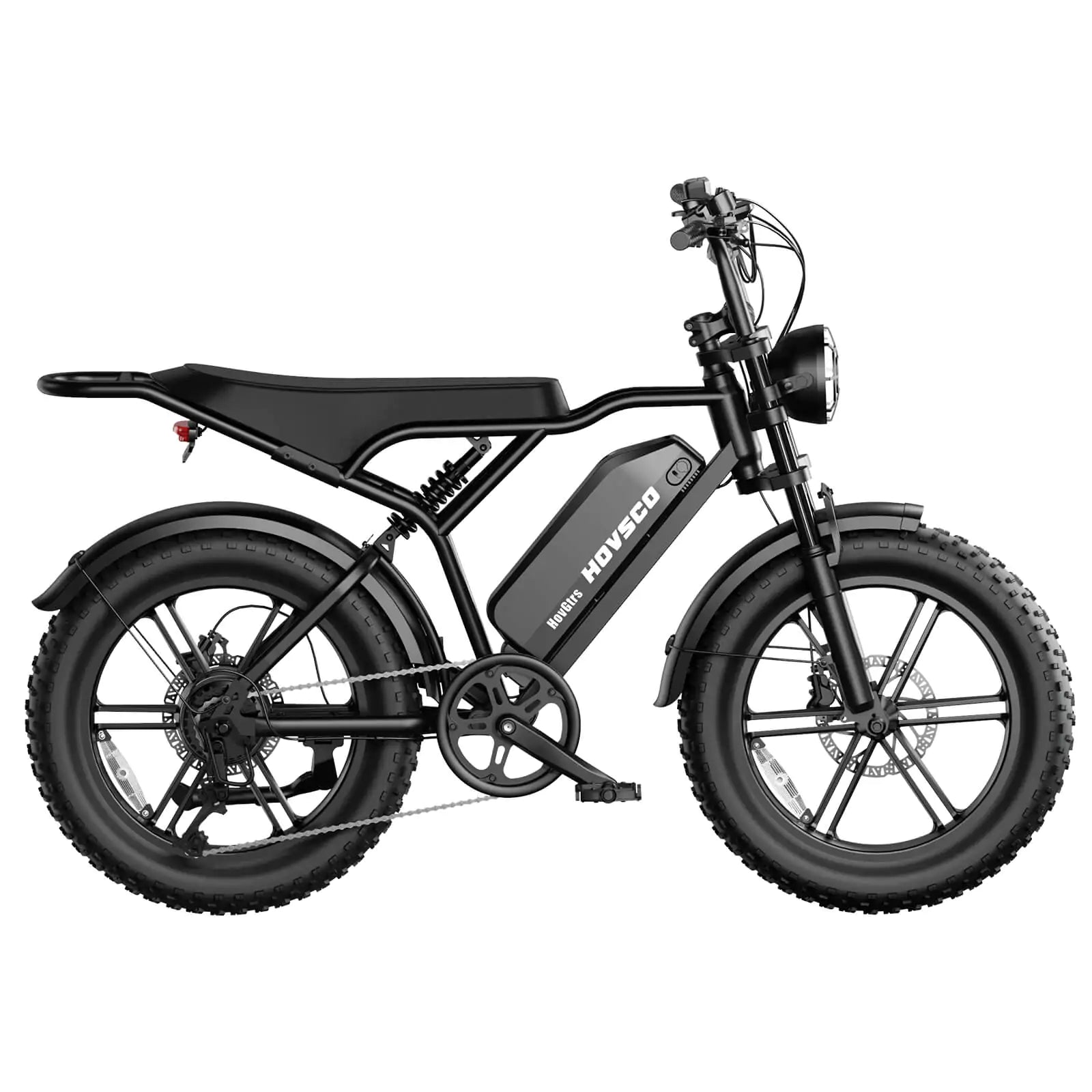

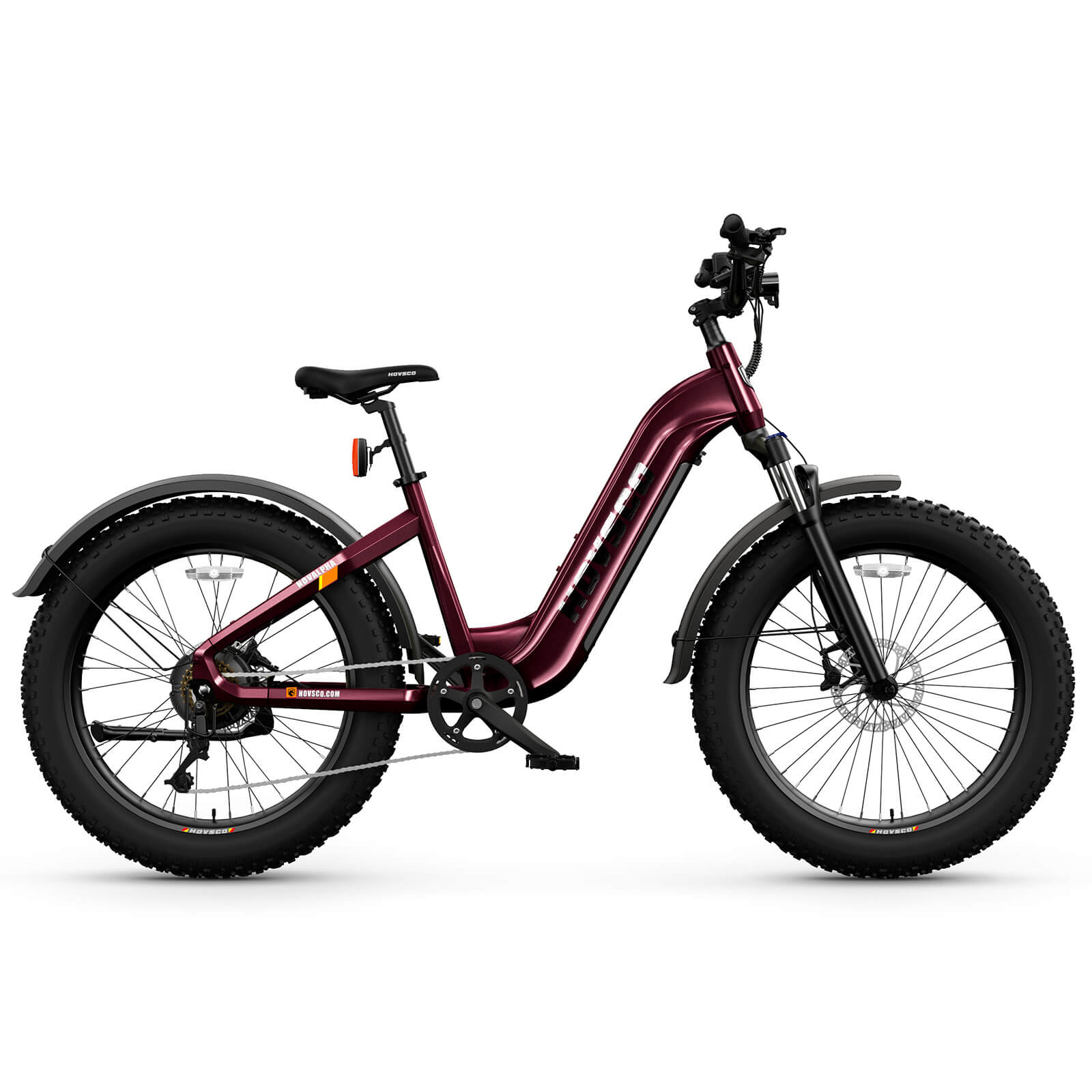

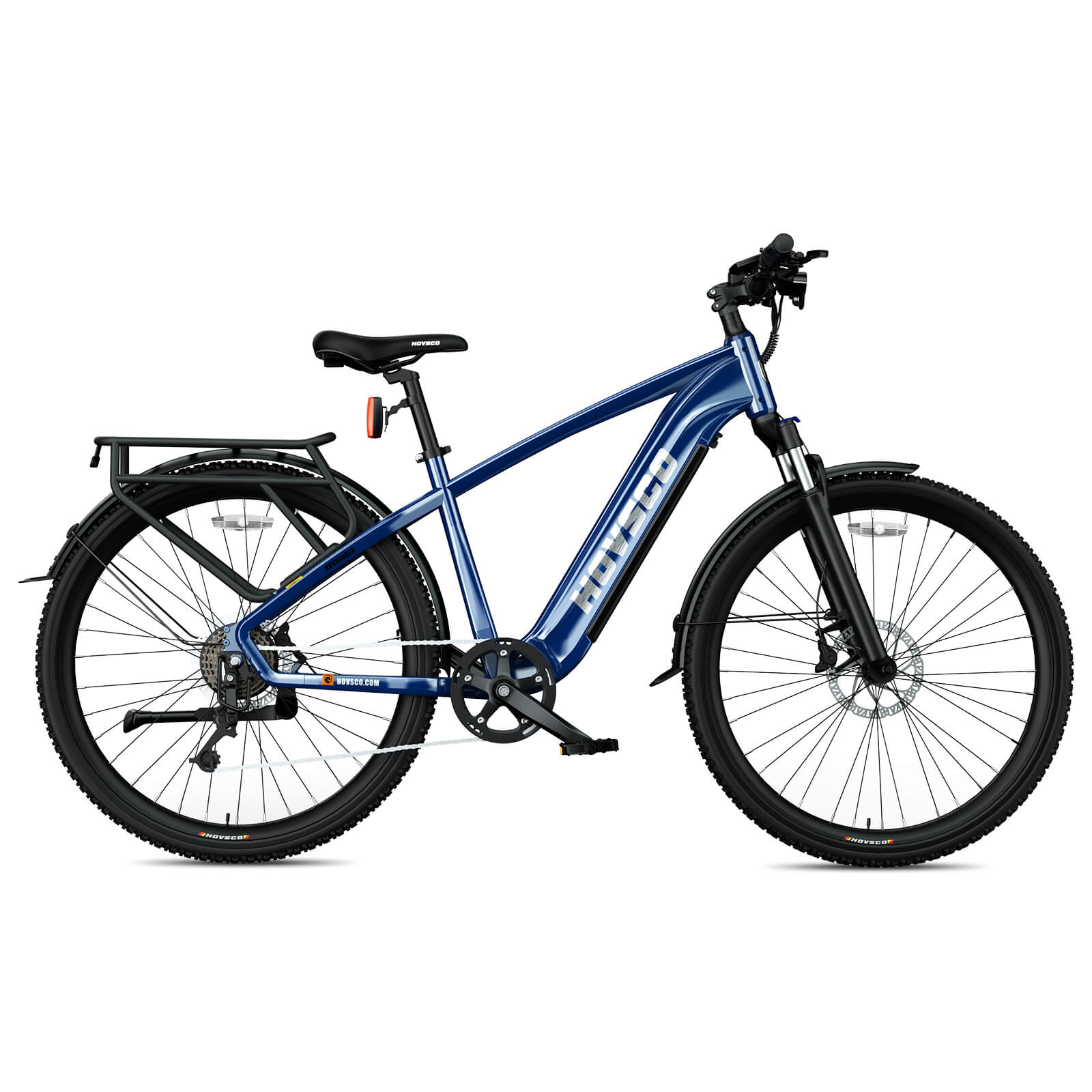
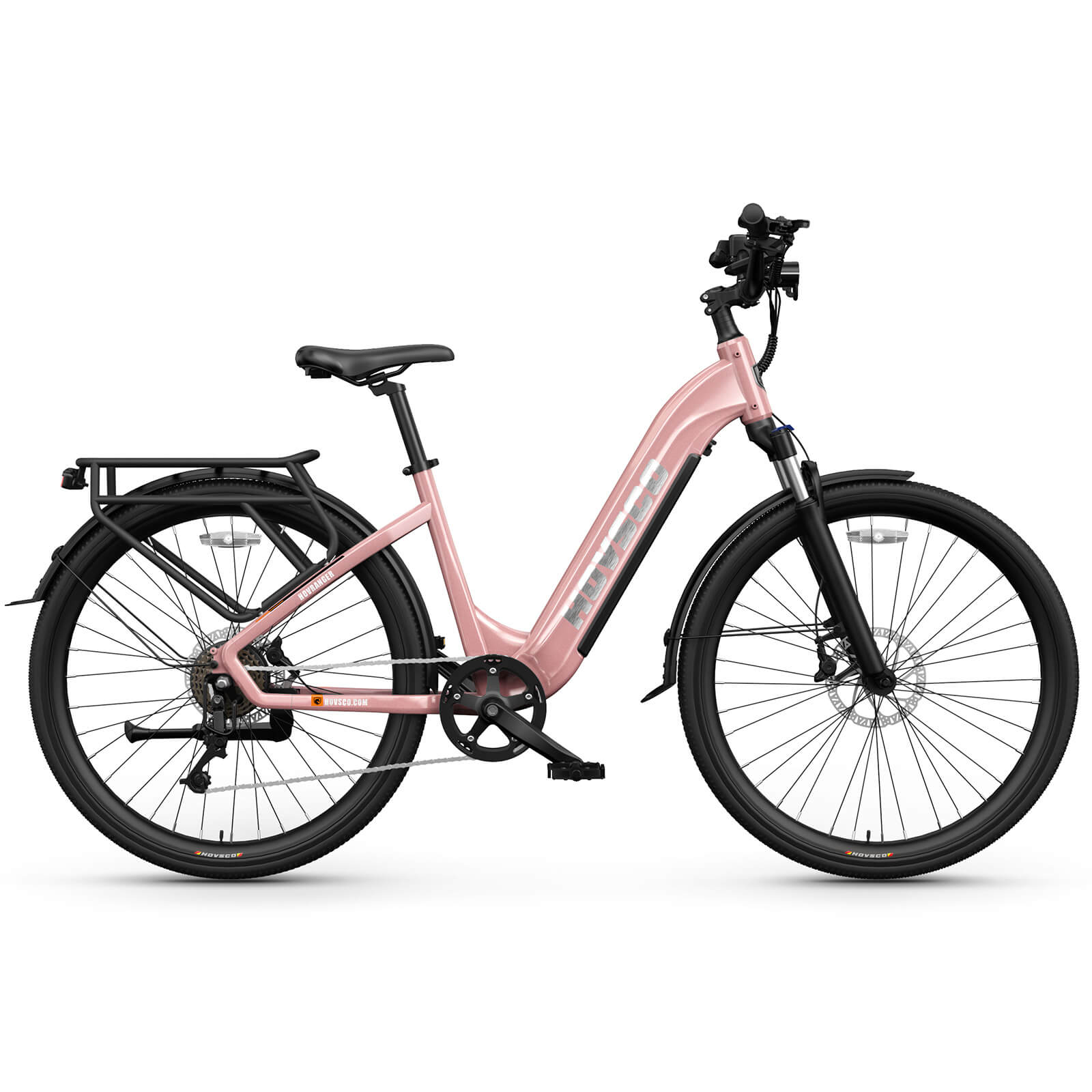
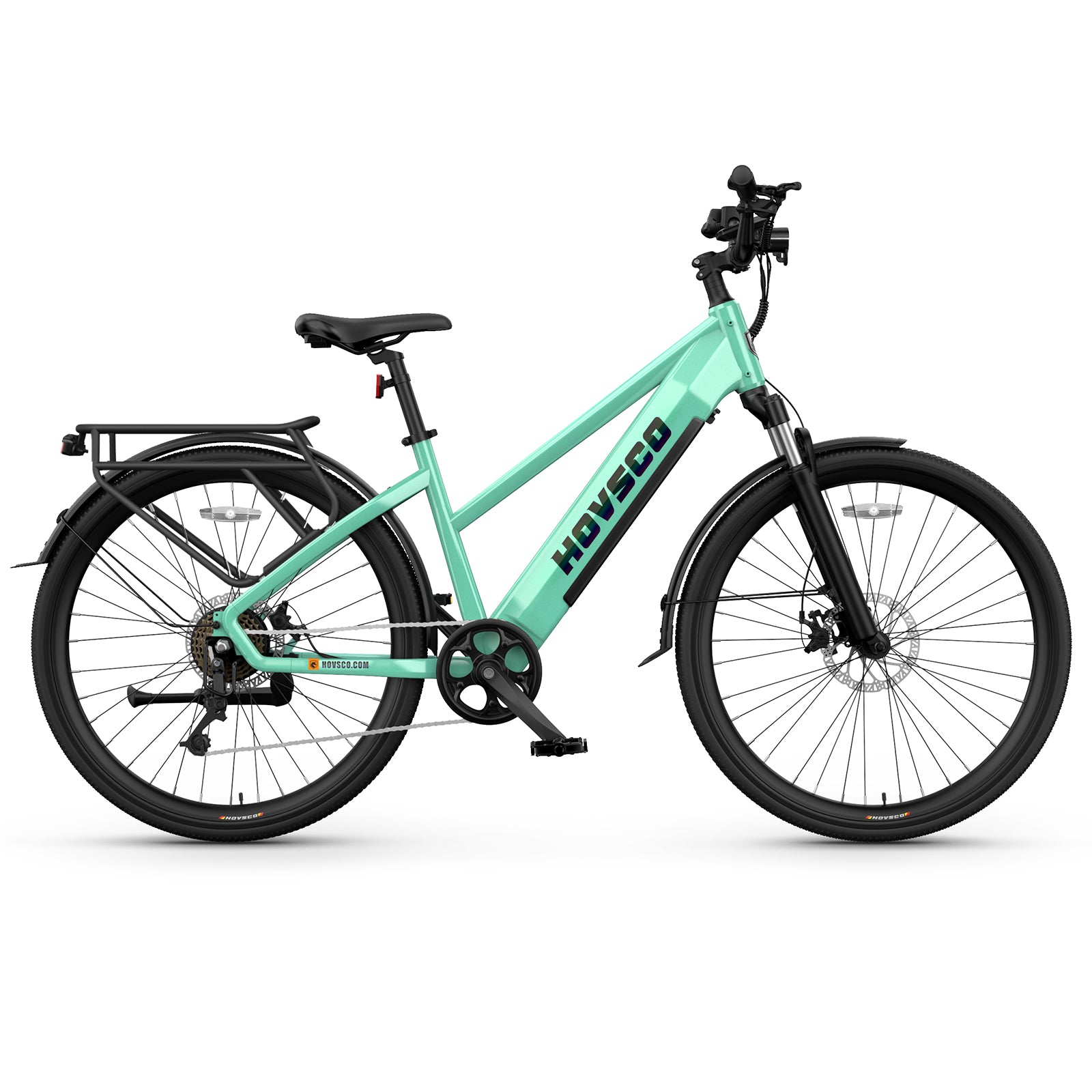
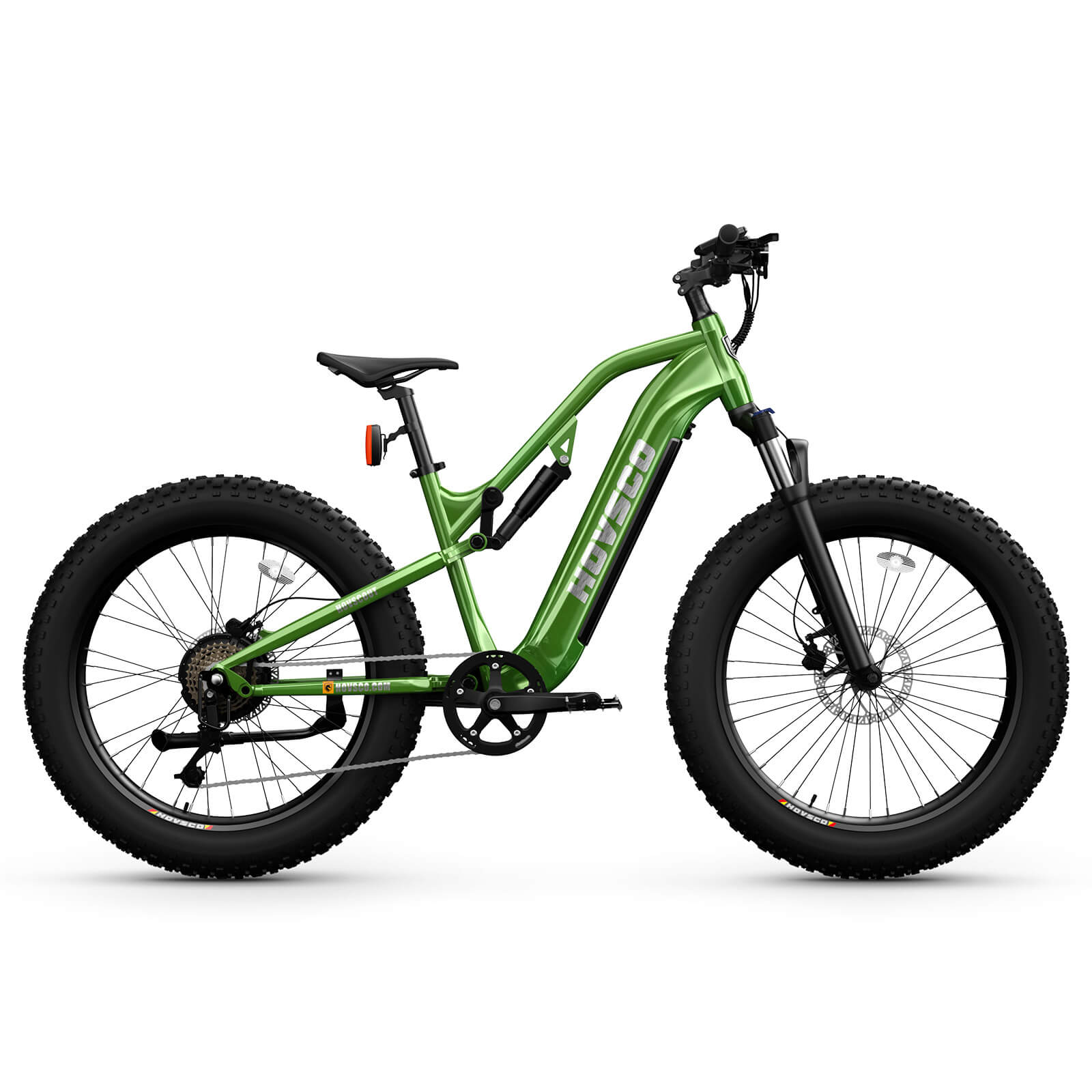
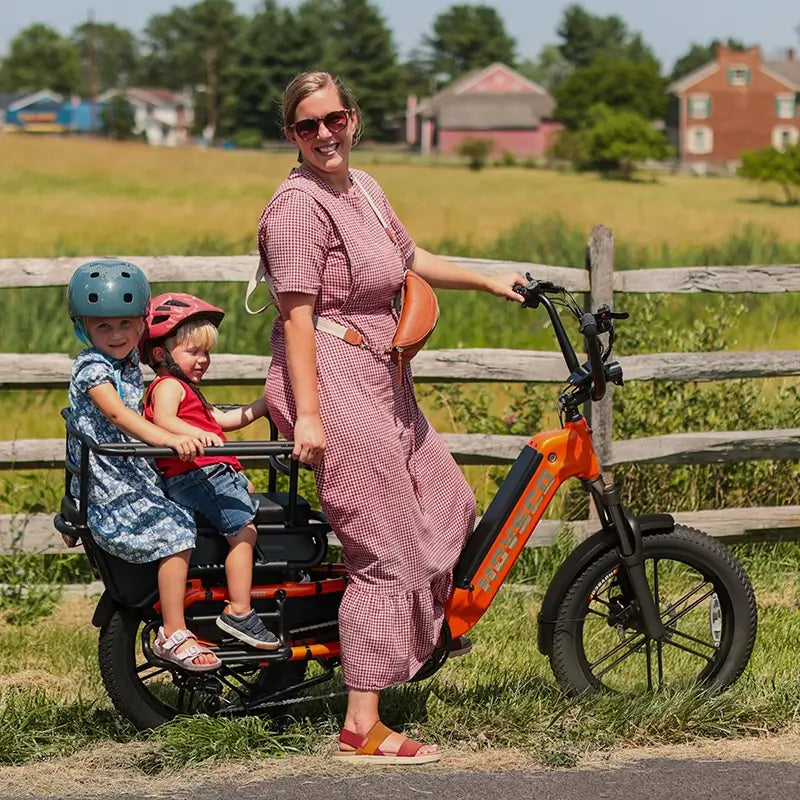
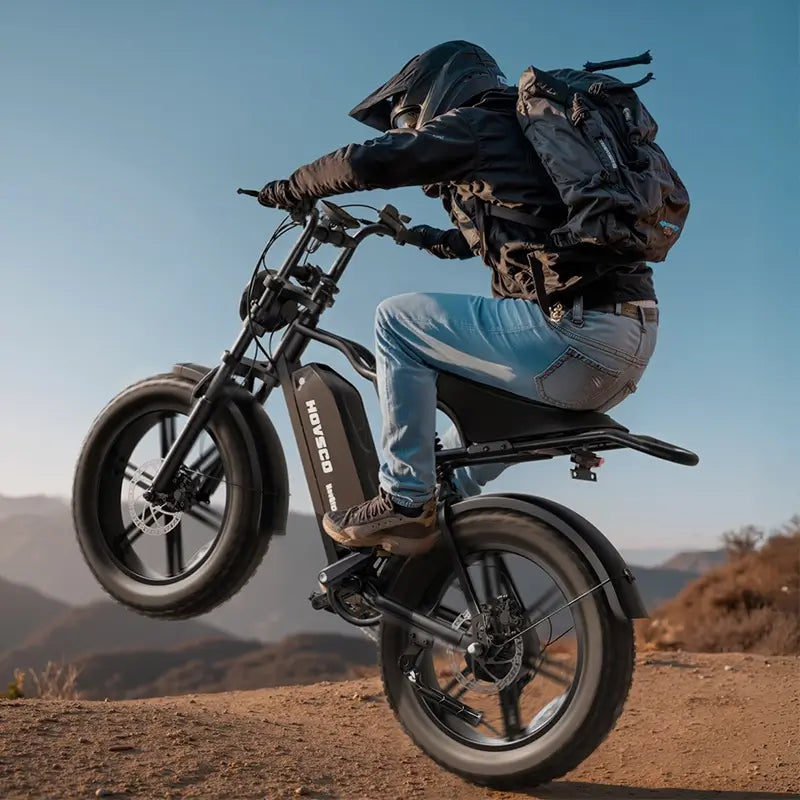
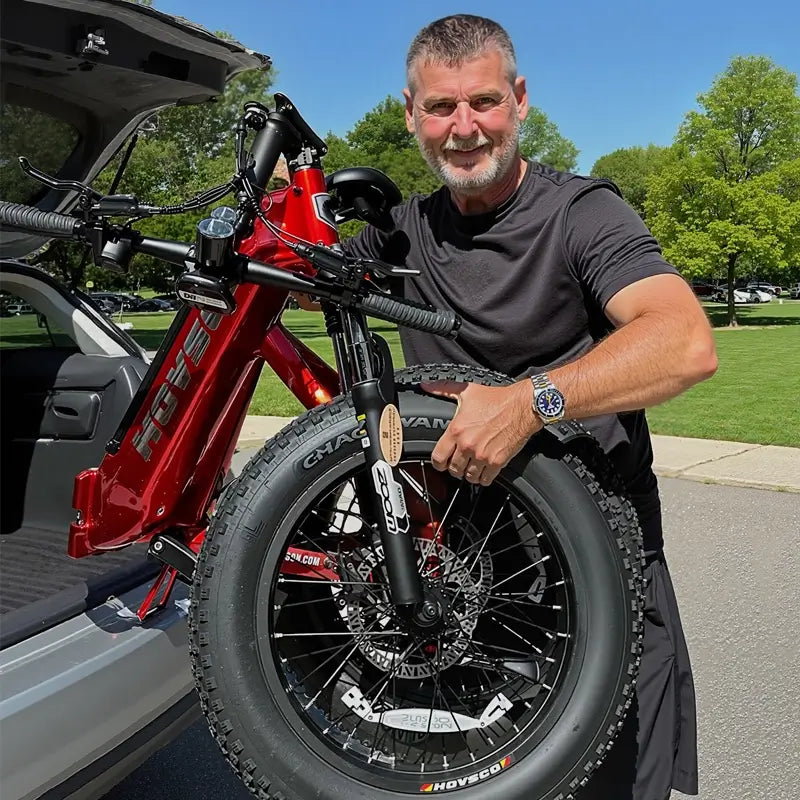
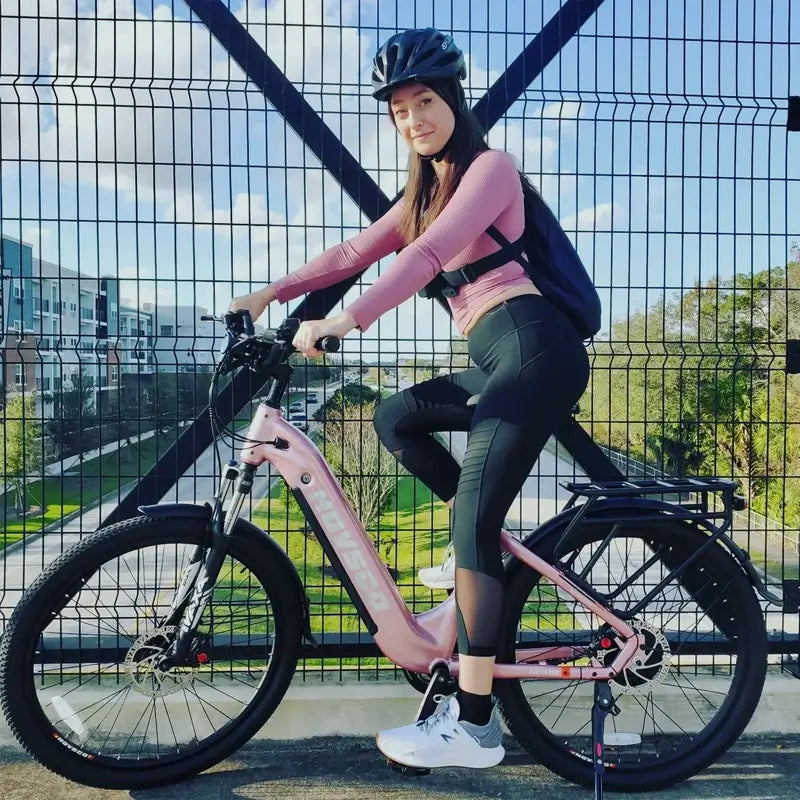
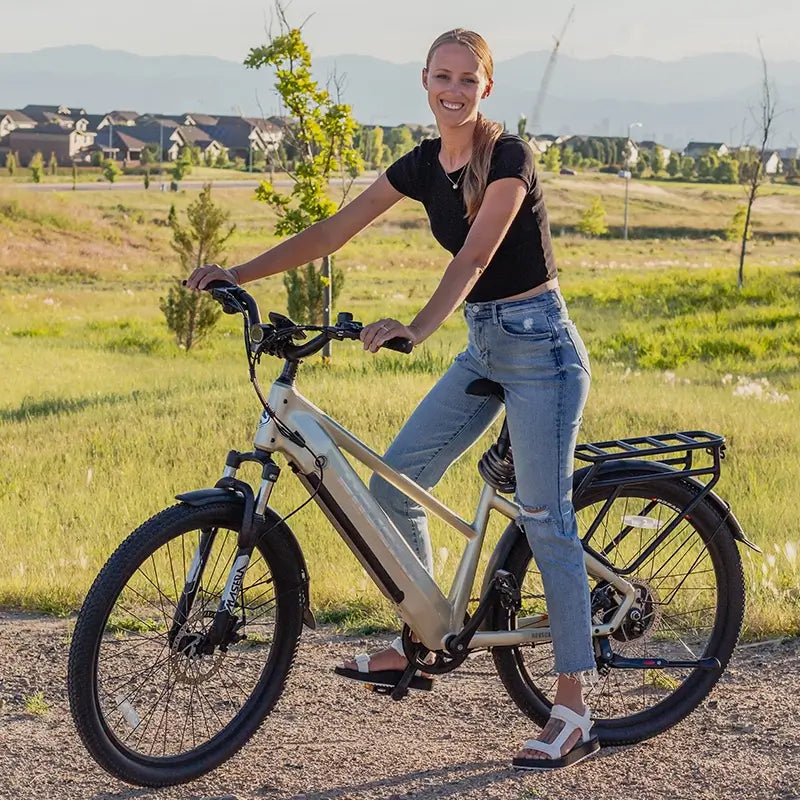

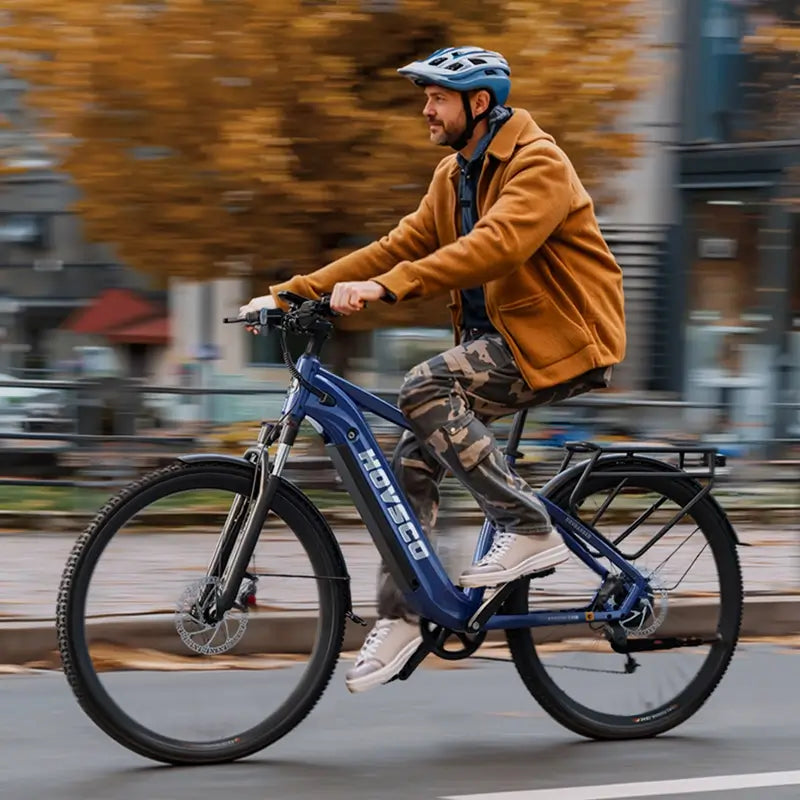
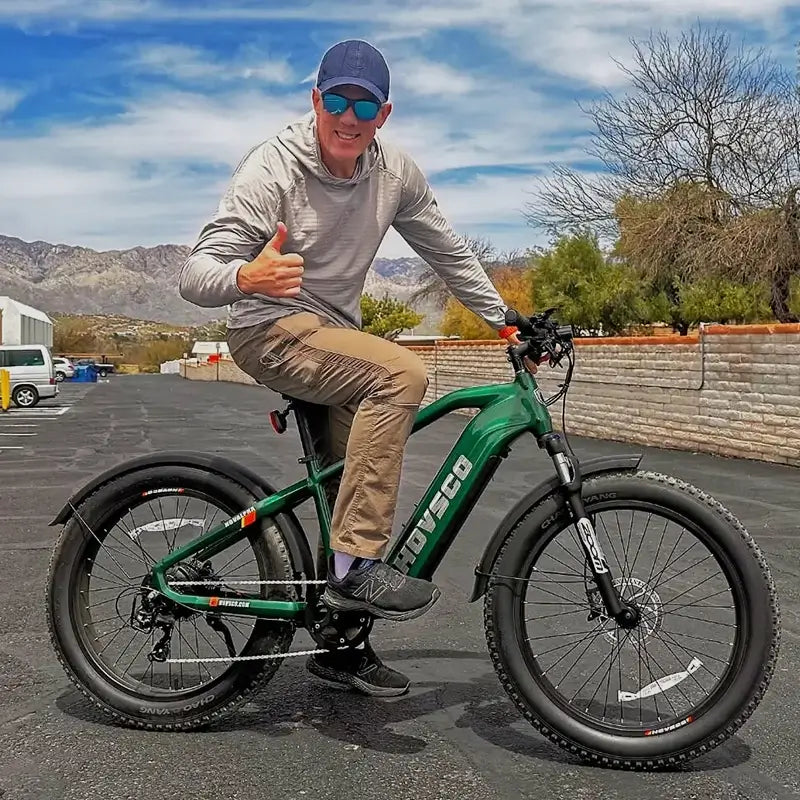
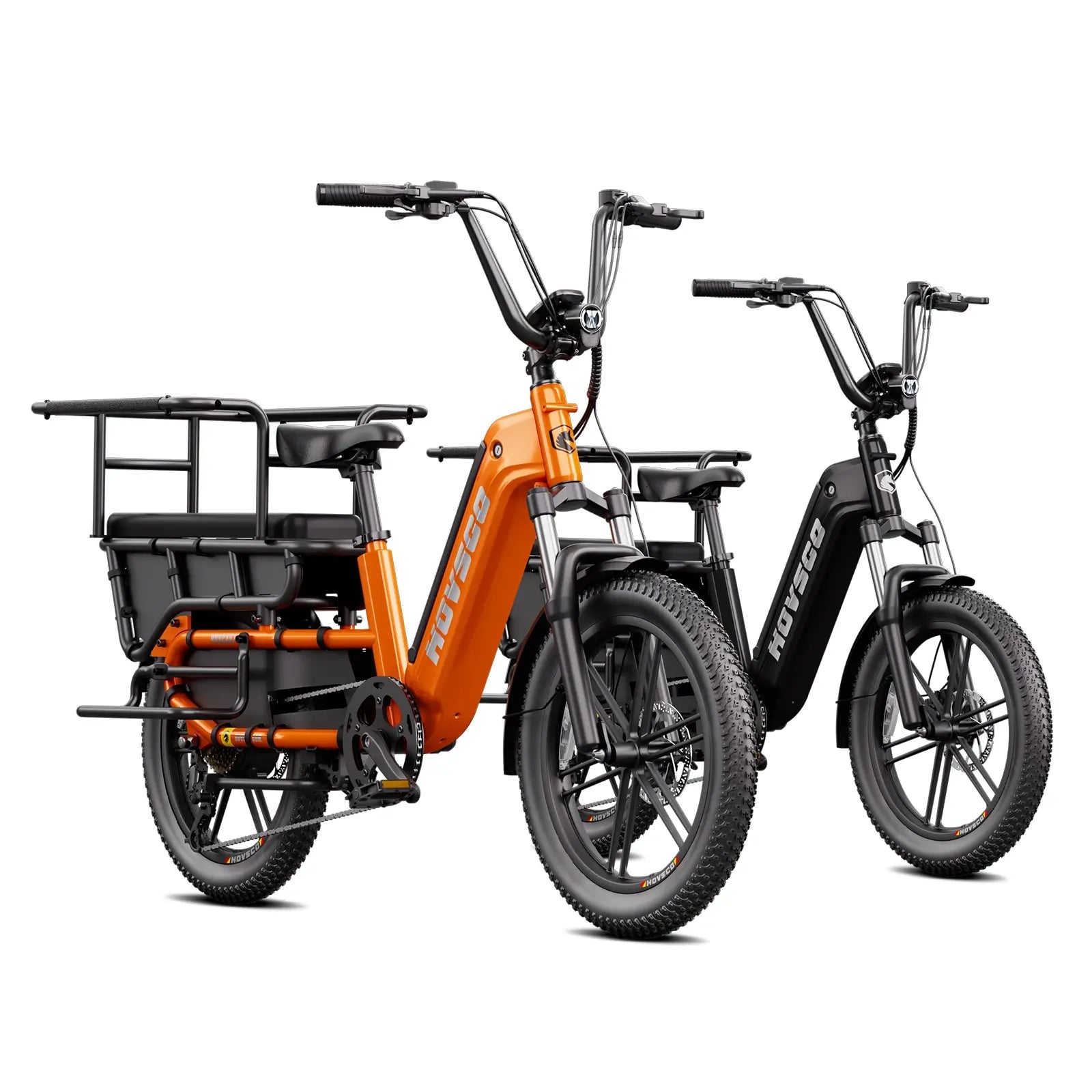
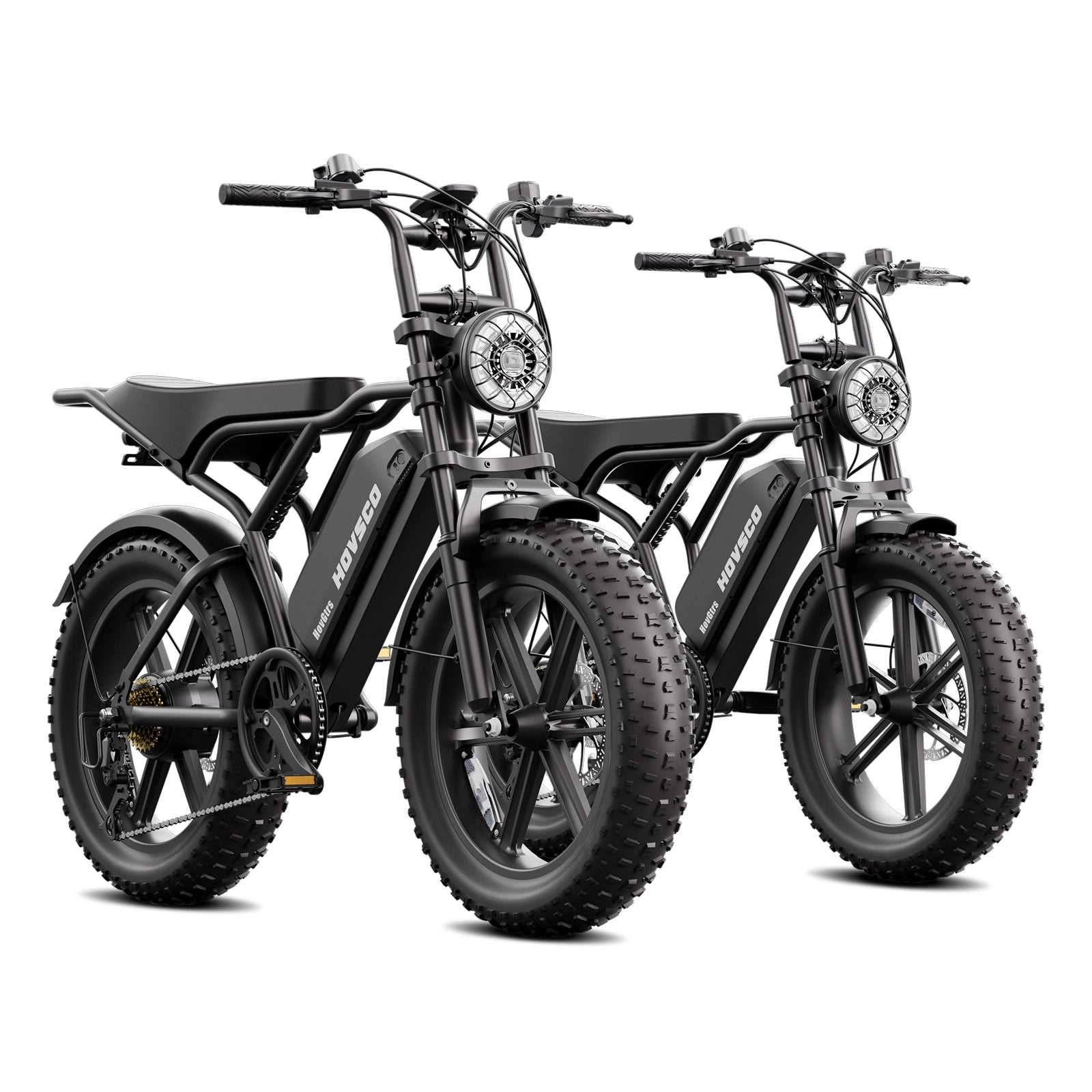
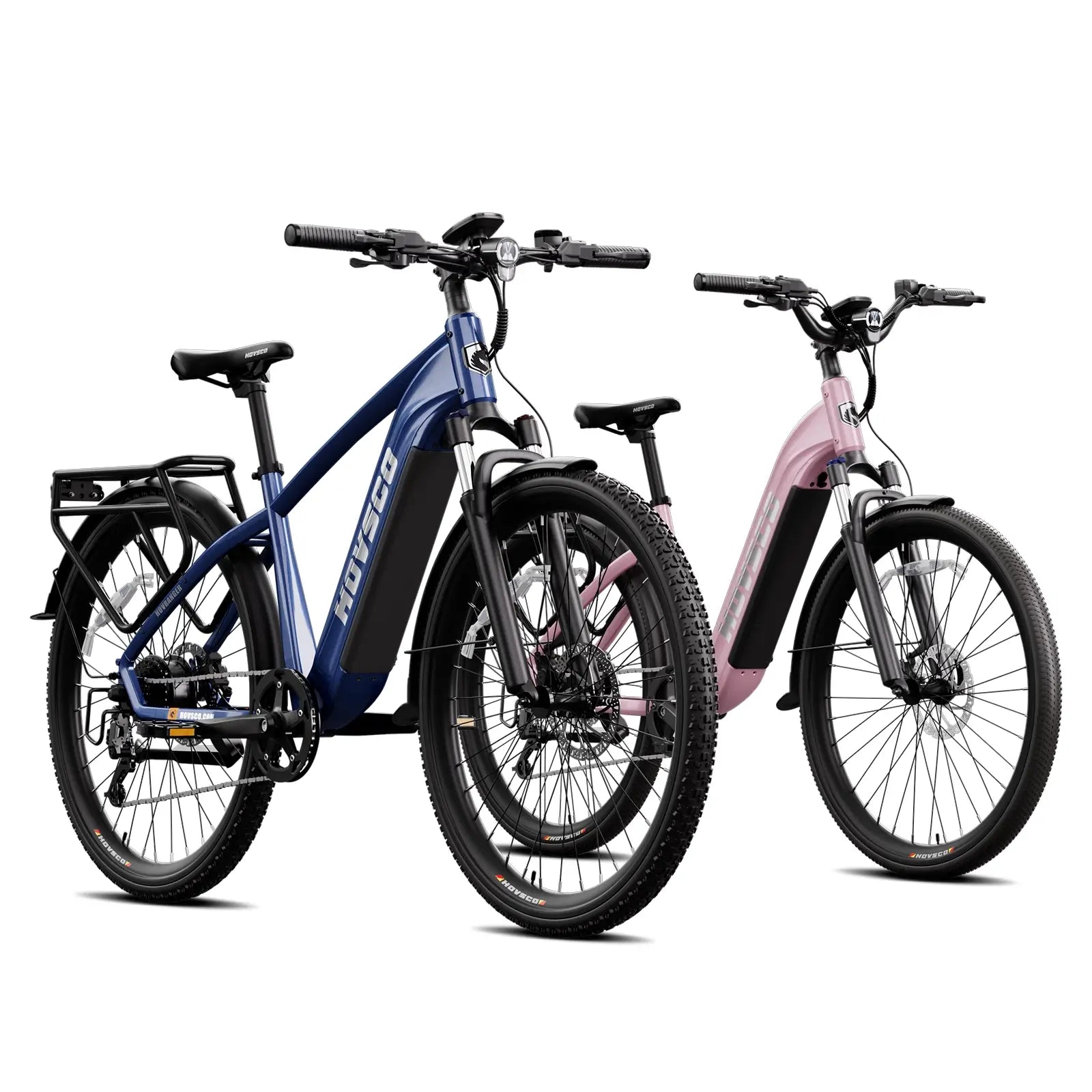
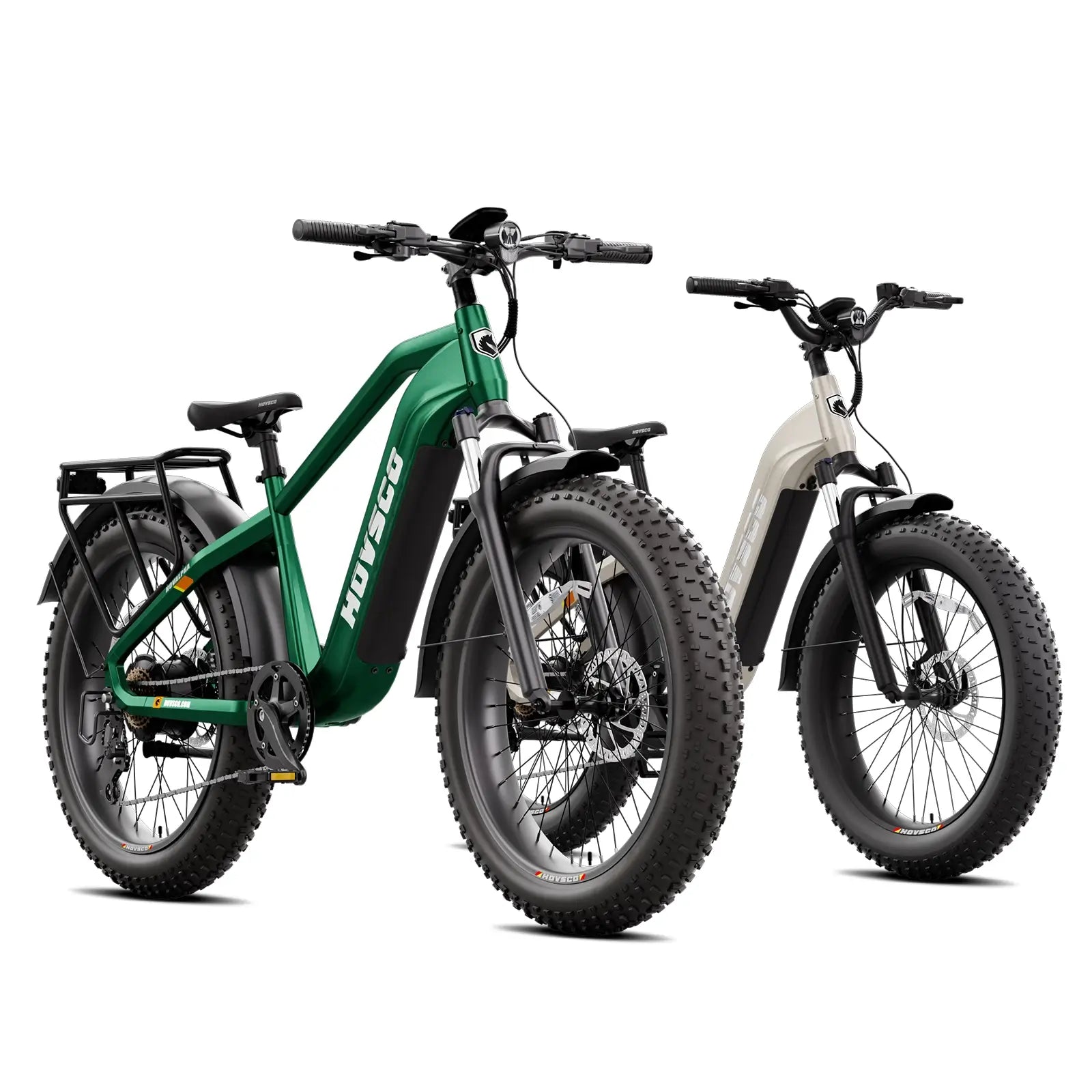
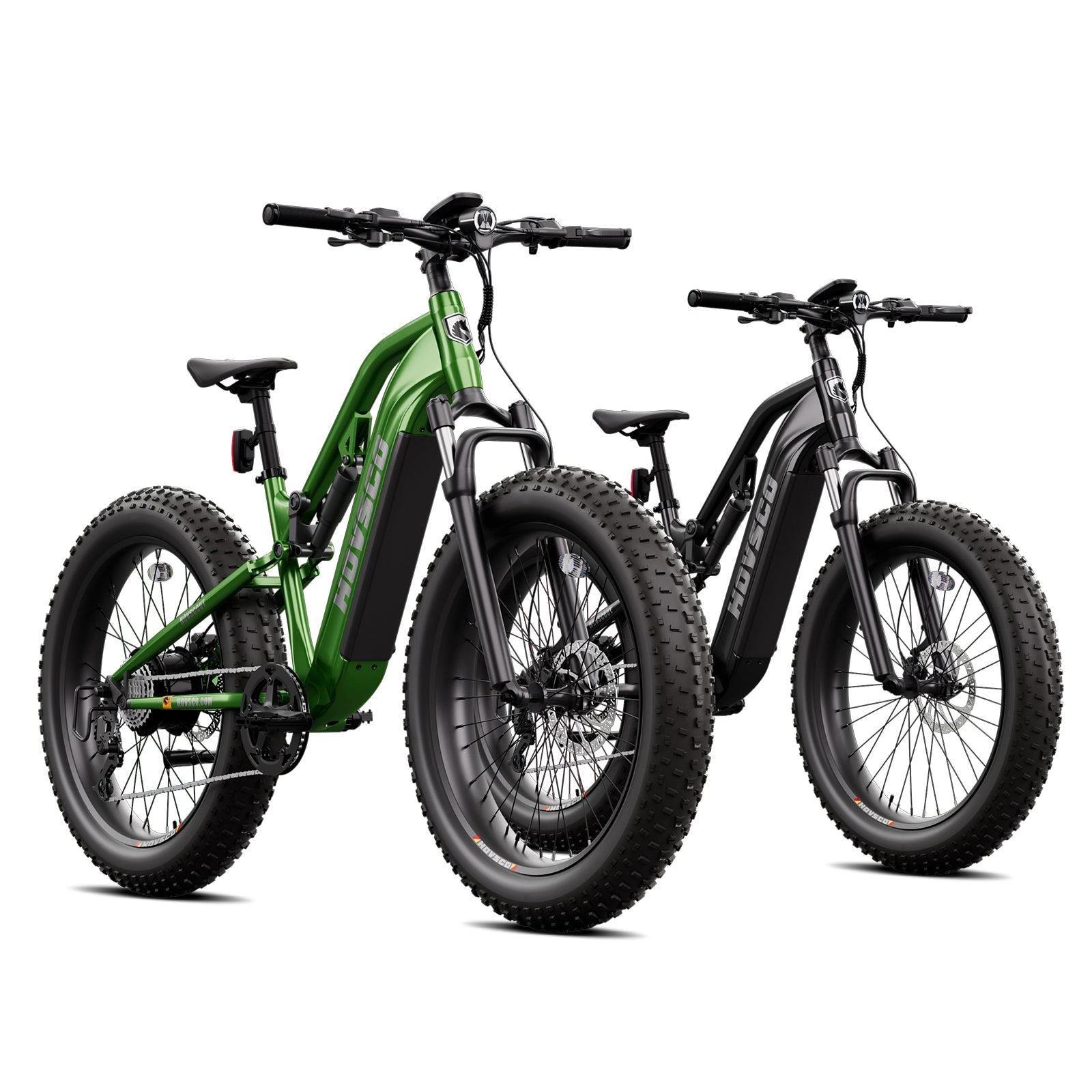
Share:
Why and How to Discover the Best Latest Innovations in E-Bike Technology
How to Keep Your Ebike in Great Condition: Essential Ebike Maintenance Tips